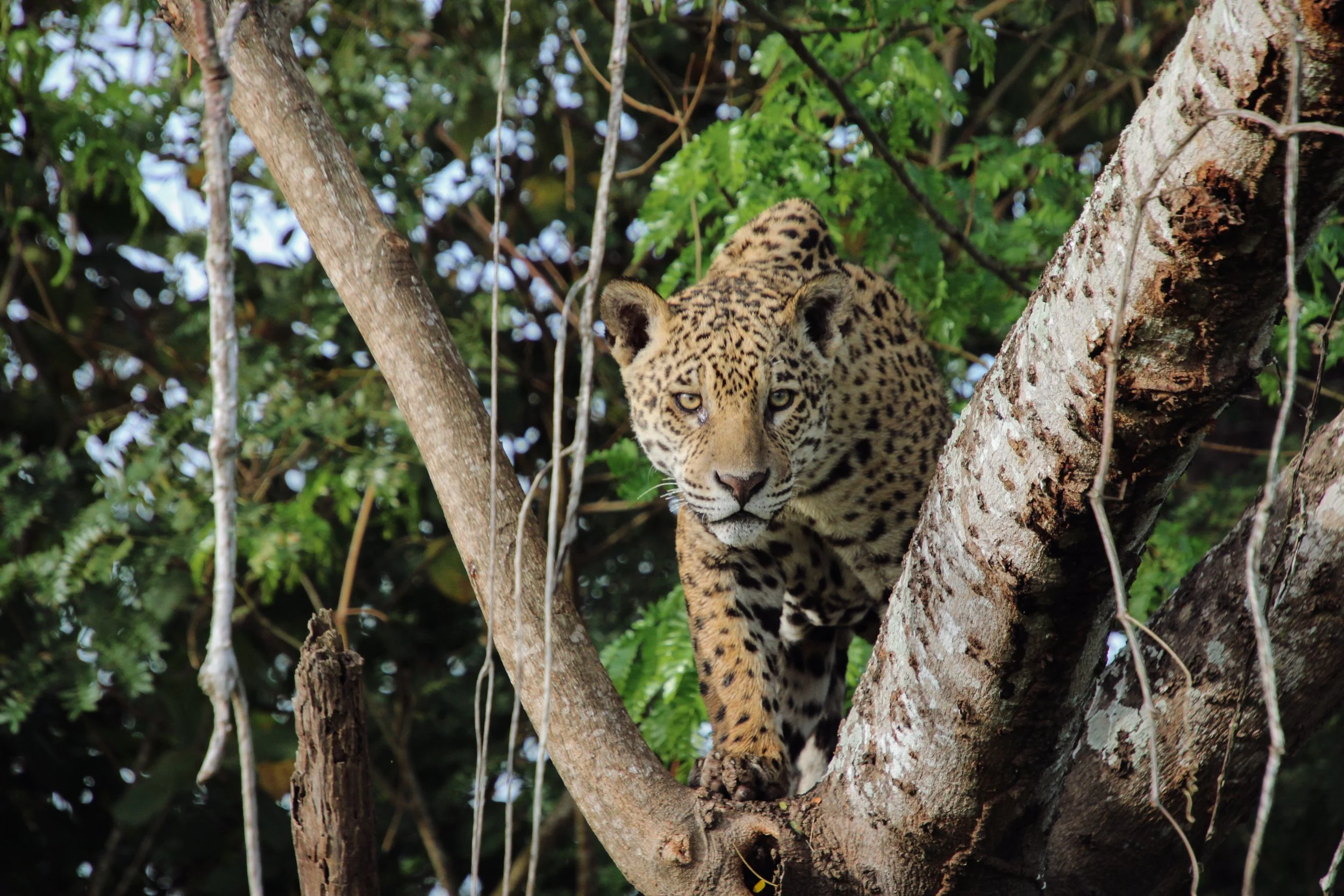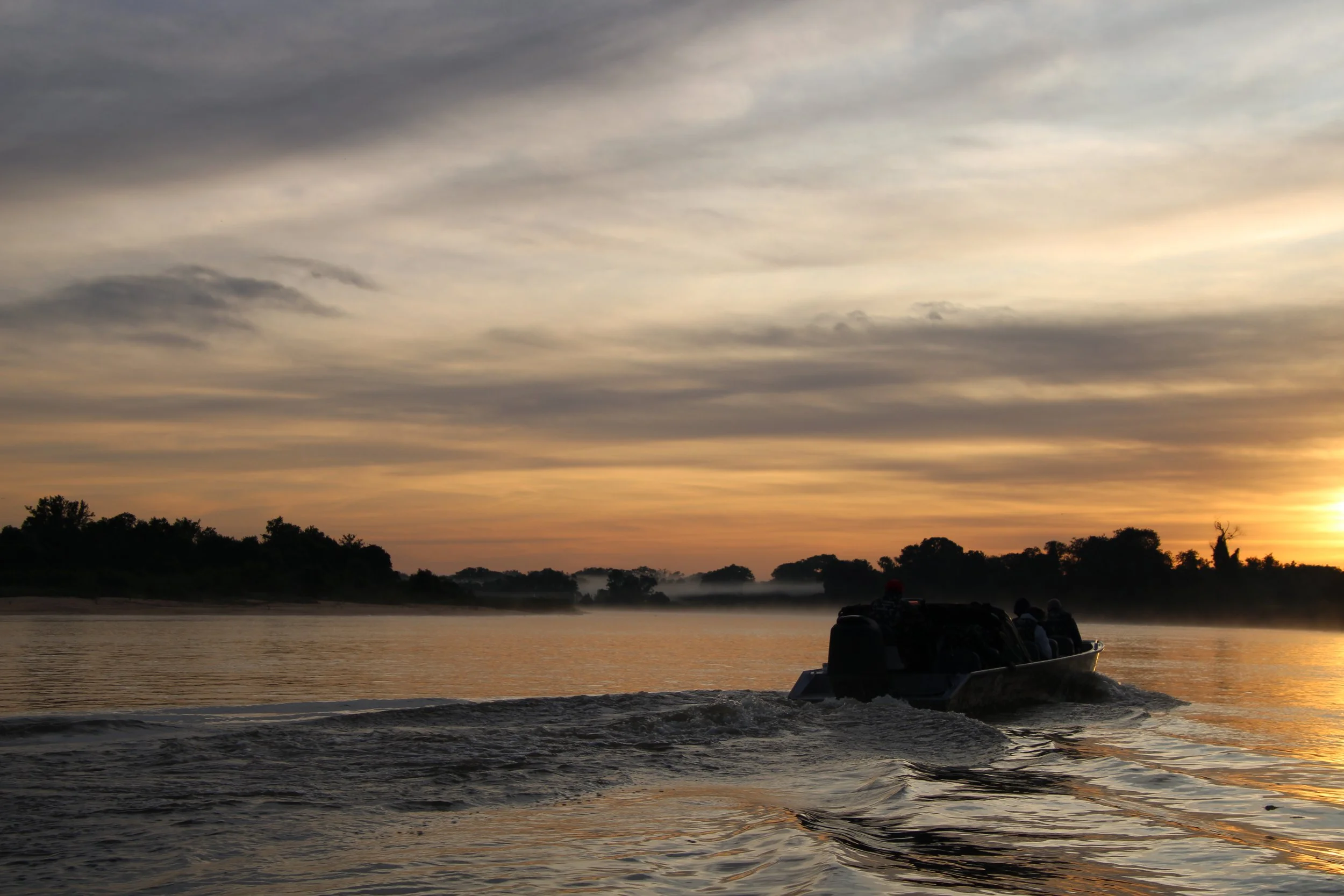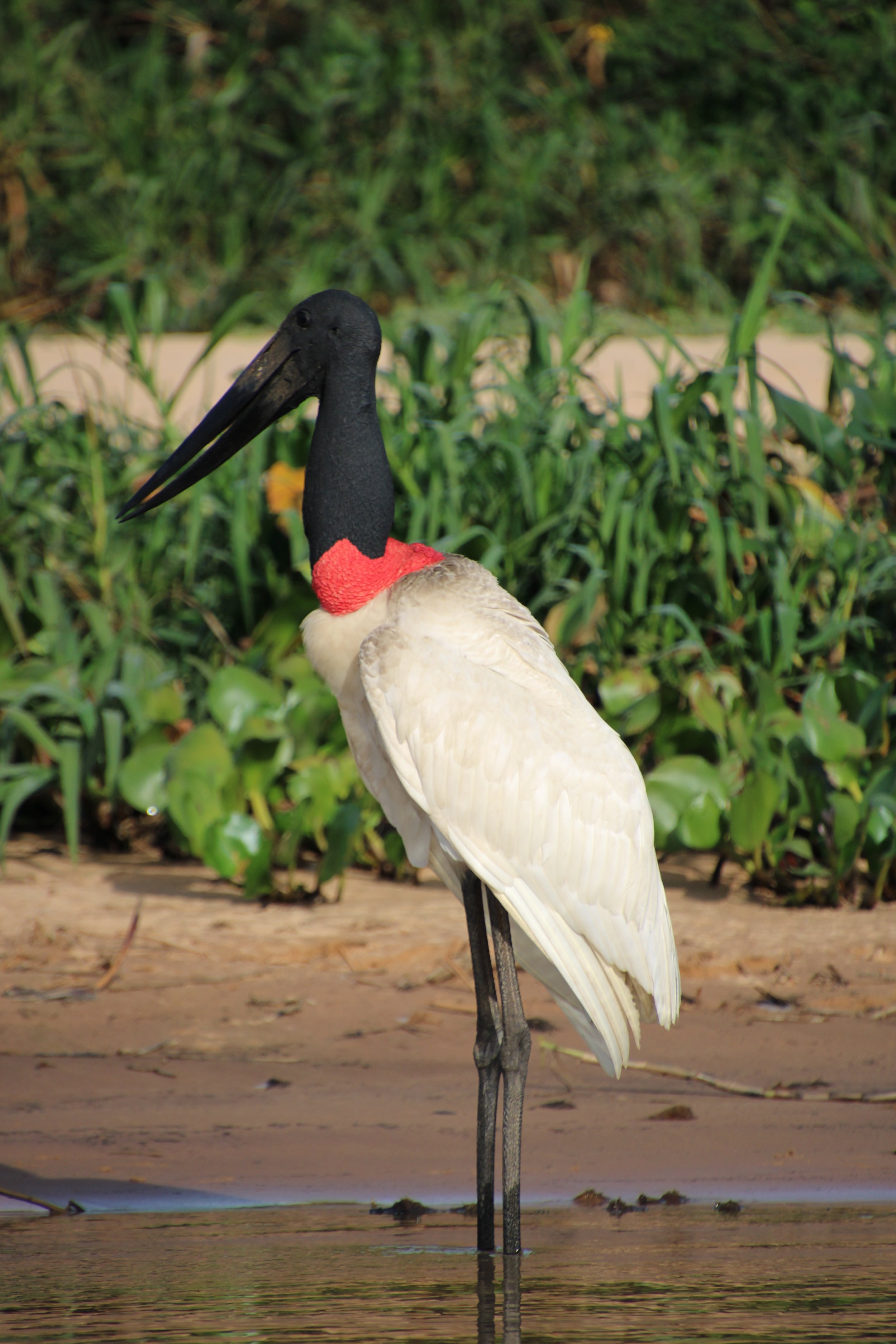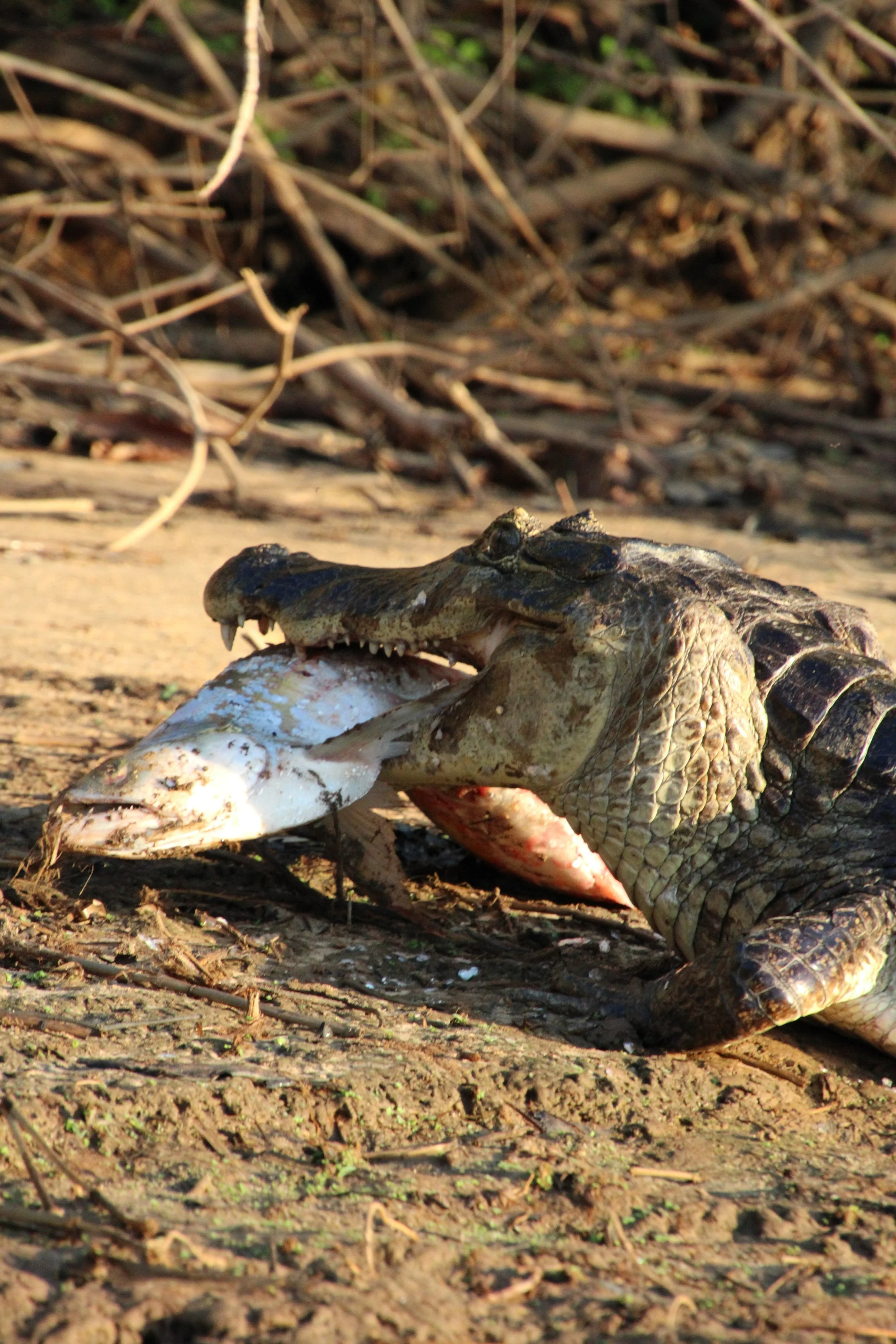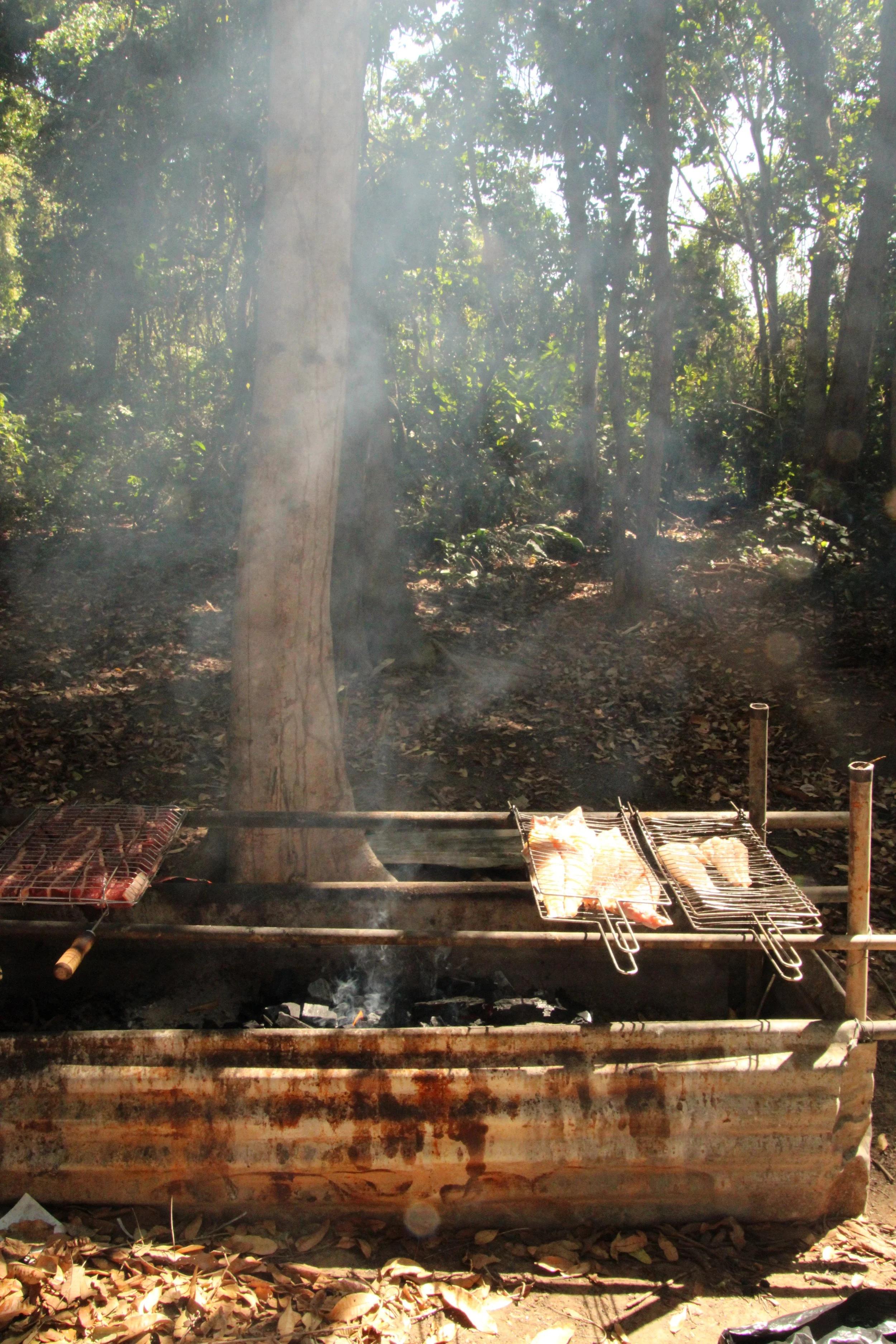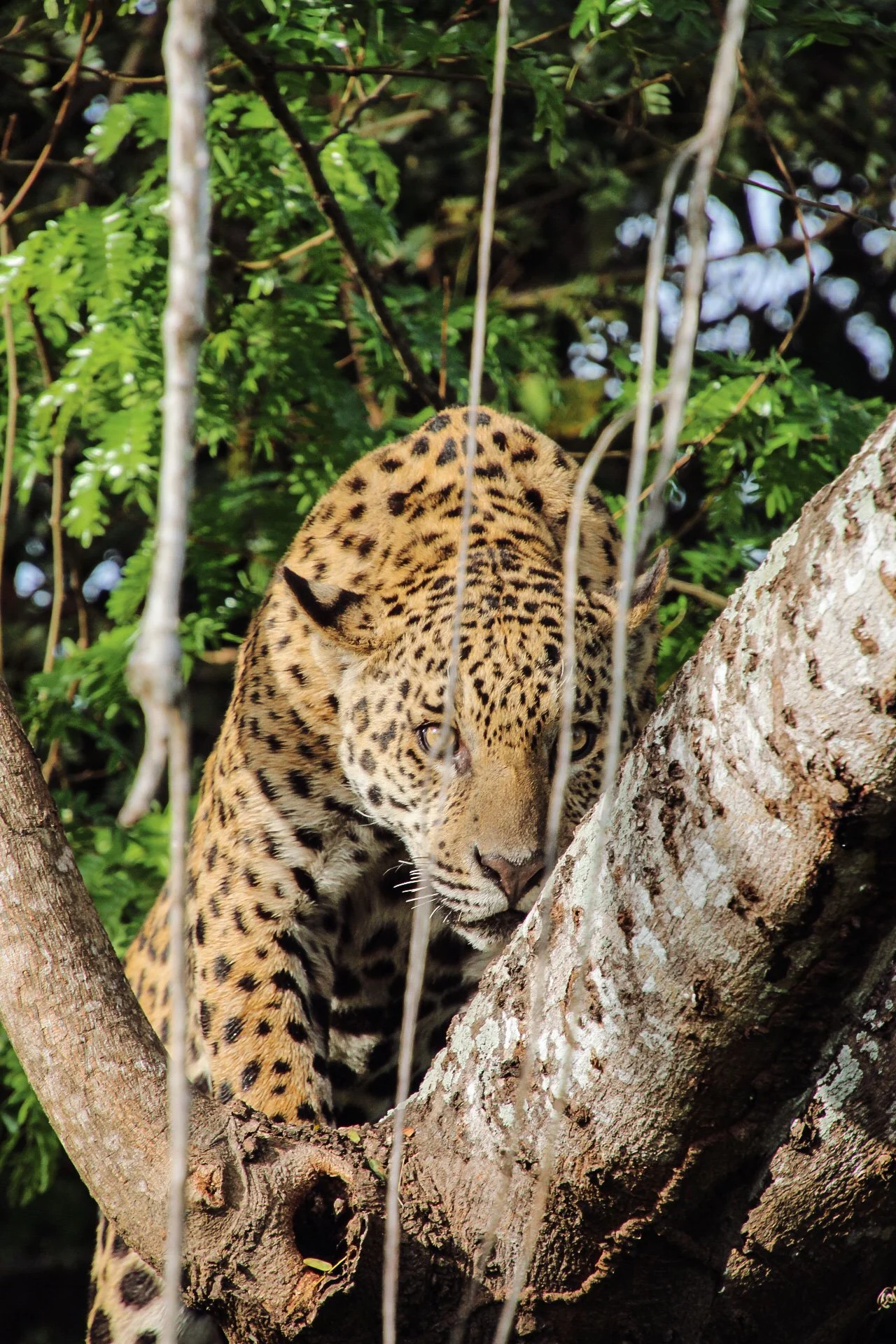What you need to know to visit the Brazilian Pantanal
The Pantanal - a magical South American wetlands
What is “the Pantanal” and why has most of the world not heard of it? To answer that first part – it’s the largest wetlands area in the world, bigger than the UK. To answer the second part – I have no idea. Tourism is new there but I have a feeling this incredible piece of the world will start to catch on.
Before this trip, when I would tell people our plans for the summer, they seemed quite confused. Or they acted like they knew what I was talking about, but their face completely gave away that they didn’t. If you’ve never heard of the Pantanal, you’re not alone. Tourists have only been visiting the Pantanal for about 10 years. It hasn’t quite made it up there in terms of popularity, but it’s growing. And now that we are opening the world up post-pandemic, it will hopefully continue to grow. However, the fact that it isn’t overly touristed makes it all the more special. It’s rural. It’s nature in its rawest form. You aren’t staying at a 5-star spa and laying by the pool sipping Piña Coladas all day. You will, however, be spending your days watching jaguars stalk caiman through reeds and water and, hopefully, be successful in their attack. You’ll see more birds than you could ever imagine and more stars than you thought were possible. You’ll also see a wild number of capybaras, a permanent resident of our hotel, Hotel Pantanal Norte. It might not be as popular as the South of France, but it is well worth the visit.
Getting there
It ain’t easy. But it’s so worth it! Depending on where you are coming from your route to Brazil might look a bit different. If you are coming from outside of Brazil or outside of South America, flying into Sao Paulo and then on to Cuiaba probably makes the most sense. Most major South American airlines will fly into Cuiaba, a decent-sized city in northwest Brazil. From Cuiaba, you have two options. Option 1: drive 5 hours on a bus or large van through dirt roads and over 50+ run bridges. Option 2: hop on a little bush plane and enjoy a nice 40-minute flight directly to Hotel Pantanal Norte. These options will most likely shift depending on what tour you decide to go with and what hotels you decide to stay at. We went with Pantanal Jaguar Safaris and would highly recommend them. They work with several hotels throughout the Pantanal that offer different viewing and safari opportunities. Our focus was jaguars, so we spent our whole stay at Hotel Pantanal Norte in Porto Jofre. Other hotels in the area offer land safaris as well. Choosing which route to take to Porto Jofre, of course, depends on your budget and willingness to hop on a little plane. It’s not for everyone. And I am sure the drive is a great adventure in itself.
How to
It is my impression that the Pantanal isn’t a place you just show up to your lodging and figure it out as you go. To explore the Pantanal, you want to go with a tour company. This will ensure you have all the right permits, accommodations, lodging needs, guides, etc. We booked ours through Pantanal Jaguar Safaris based on previous positive reviews about the company. I would highly recommend them. They were kind, efficient, knowledgeable, and helpful. Everything was done for us once we landed in Cuiaba. From the bush plane to the hotel, to the daily activities. Pantanal Jaguar Safaris has connections with several hotels throughout the Pantanal and can provide different itineraries based on what you and your group want to see. Different lodges offer different activities. Some offer land safaris, some are ideal for bird watching, and others, like HPN, are best for jaguars.
To do
Jaguar Safari
As I mentioned earlier, your days in the Pantanal will be spent searching for this insanely strong, wild cat. Ideally, you won’t have to search too hard because your well-trained guides will take you to the spots they know are worth visiting. I don’t want to get anyone’s hopes up, but we had a jaguar spotting within the first hour of being on the river. Unlike African safaris, most of the tours done in the Pantanal are along several rivers that run throughout the wetlands, so you safari by boat. These little flat-bottom boats have POWER. They can run through reeds and be pushed right up to the riverbank.
Bird Watching
Aside from jaguar searching, the Pantanal receives a lot of attention from bird watchers. Some people don’t even care about the jaguars and just want to see birds. If this is you, you won’t be disappointed. Get your cameras ready because there are some of the most incredible bird species all over the river.
Fishing
Fishing is another highly recommended activity while in the Pantanal, if not the most sought after. We spent a long morning reeling in tons of catfish, dog tooth, dorado, and even piranha. The dorado (different than what some countries call Mahi Mahi) is a big golden fish swimming throughout the rivers of the Pantanal. Our fishing guides then took us to a lovely little spot in the jungle for a BBQ picnic lunch with our catch from the day (and some meat in case we didn’t end up coming through).
When you aren’t searching for jags or watching birds or reeling in piranhas you can explore the grounds of the hotel. Hotel Pantanal Norte, where we stayed, has a pool, game room, movie room, and lots of friends that visit – horses, capybaras, macaws, and the occasional caiman that will block your pathway.
A typical day in the Pantanal might look something like this:
5:00 am wake up call, get dressed, breakfast
6:00 am on the boat watching the sunrise over the river and spend the morning driving around
11:30 am back at the hotel for a rest before lunch
12:00 pm lunch
1:30 pm back out on the river for an afternoon of searching for whatever you want to see that day
5:30/6:00 pm back at the hotel for a rest before dinner or enjoy the sunset
7:00 pm dinner
To bring
· Natural colored clothing
· T-shirts x5-6
· Lightweight long sleeve shirts
· Pants (ones that zip into shorts are ideal) x2-3
· Shorts x2-3
· Fleece for chilly mornings or evenings (it gets quite hot in the afternoon but quite cold before and after the sun is up)
· Down puffer in case of cold front
· Windbreaker
· Outfits for dinner (casual is okay)
· Underwear
· Socks - tall ones to tuck pants into
· PJs
· Swimsuit
· Hiking boots (optional – not necessary if only doing jaguar searching)
· Neck gaiter
· Sneakers
· Sandal or flipflop for hotel/rest time
· Hat
· Beanie for chilly morning
· Lightweight gater - sun/bug protection
· Sunglasses
· Mosquito net (optional)
· Reusable water bottle (provided by Pantanal Jaguar Safaris)
· Binoculars
· Flashlight or headlamp
· Insect repellent (bugs were more of an issue in the evenings)
· Camera + charger (highly recommend a zoom lens)
· Extra memory cards
· Adaptors
· Phone charger
· Rain ponchos (not provided)
On our trip we spent a day in Sao Paulo before heading to our next destination. Looking for Sao Paulo recs? Here’s a few:
Stay in Jardin – safe, tourist friendly area
You can use Uber helicopters to get around the city
Valeria dos Paes – a famous 24-hour bakery
Lunch at Mago – combines Japanese and Italian food for incredible flavors
On Sundays Polista is closed off to cars for music and dancing in the streets
Praça São Lourenço (Vila Olimpia)
Gero (Fasano) nos Jardins – Italian restaurant
Figueira Rubayat (Jardins) – a lovely dinner spot
Cantaloup Itaim – cozy restaurant
Book a driving tour to see:
· Ibirapuera Park
· Paulista Avenue
· Municipal Market
· Downtown São Paulo
· MAC – Museum of Contemporary Art
· Vila Madelena
· Batman Alley
